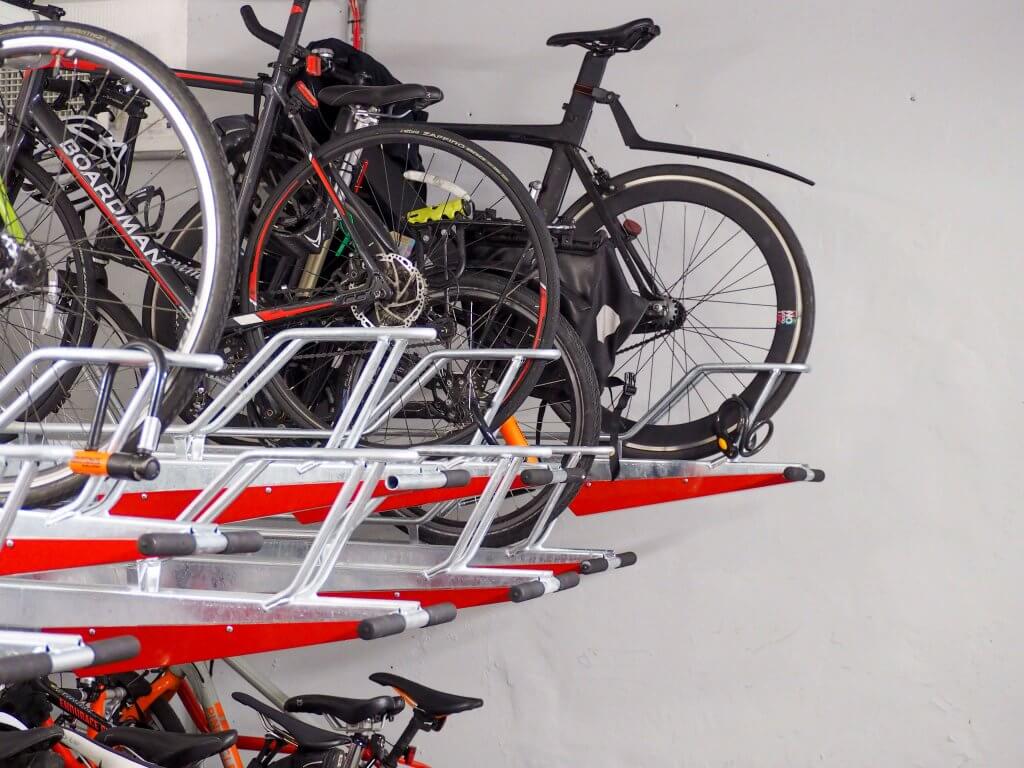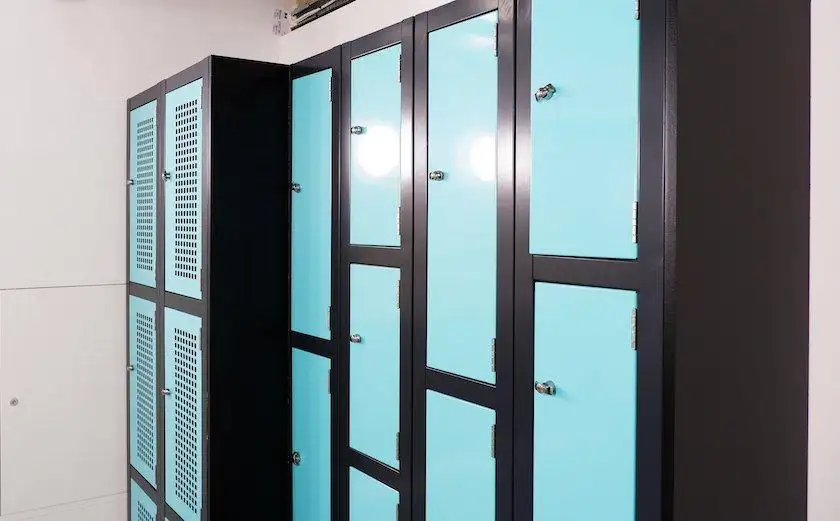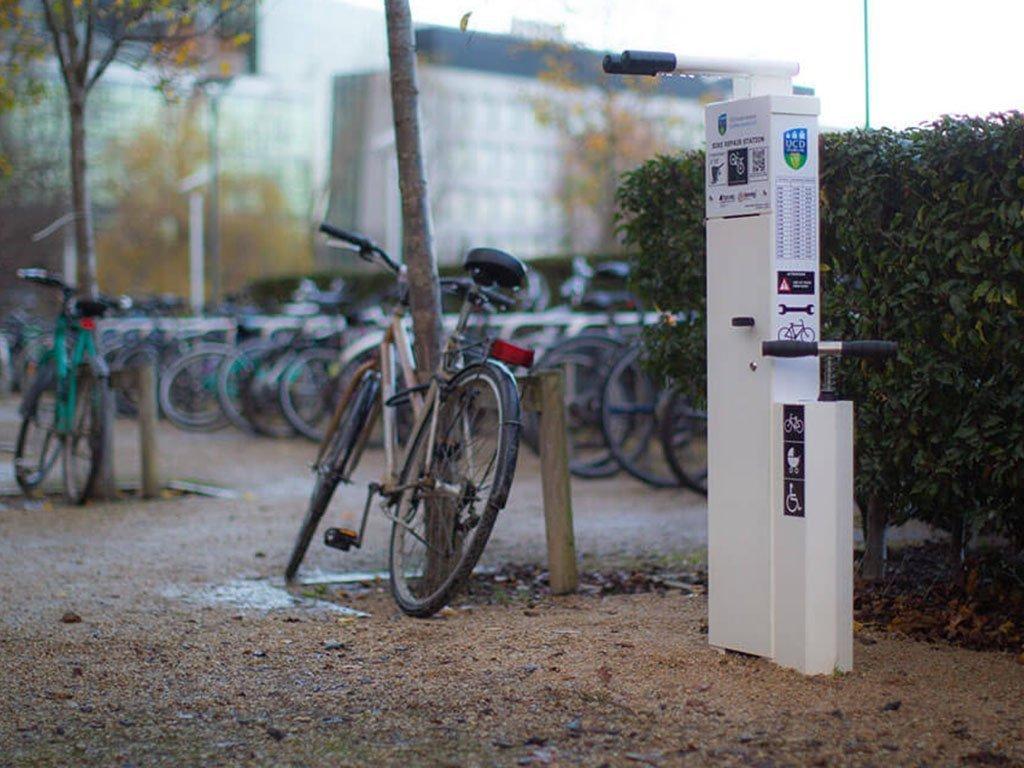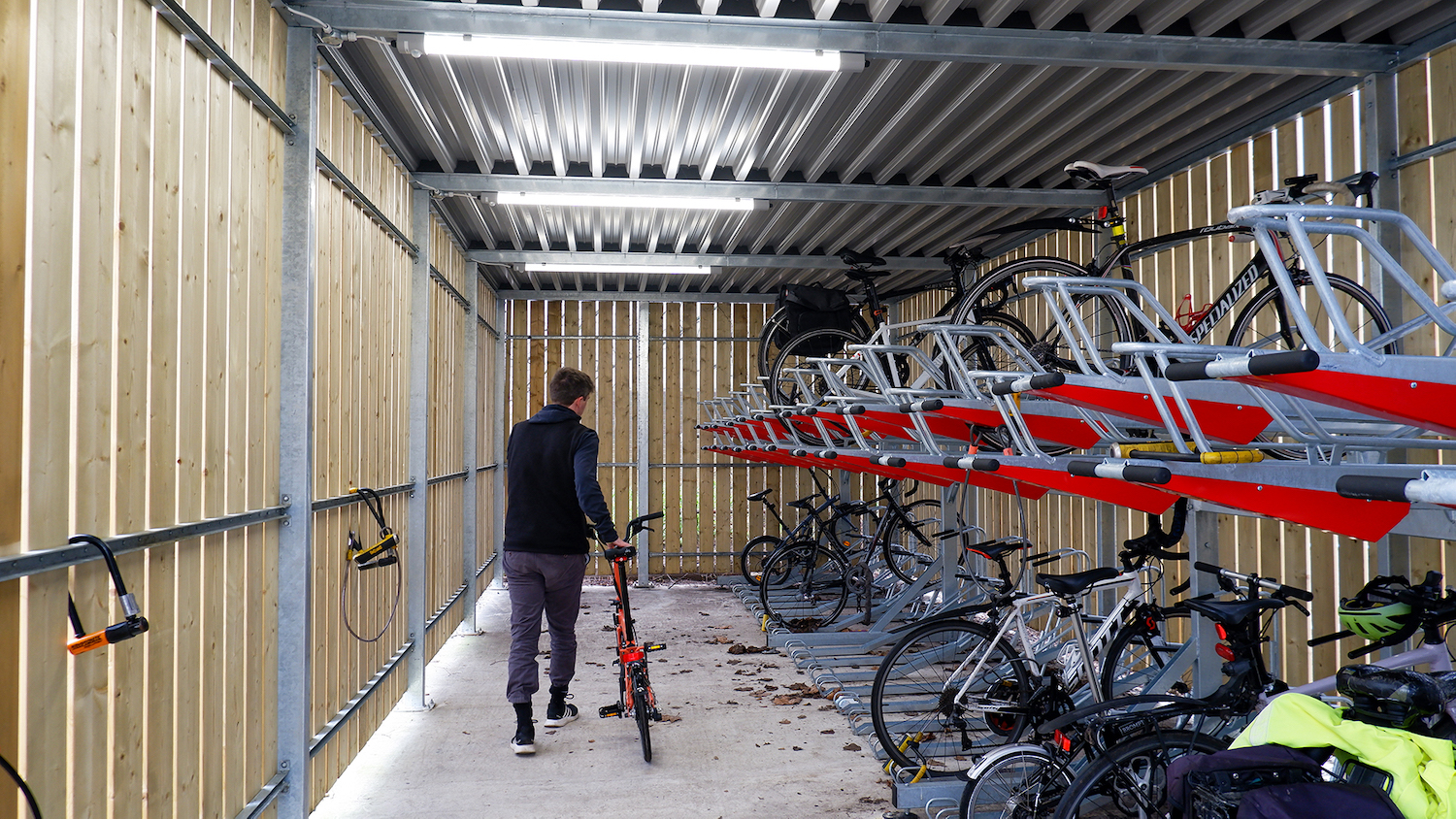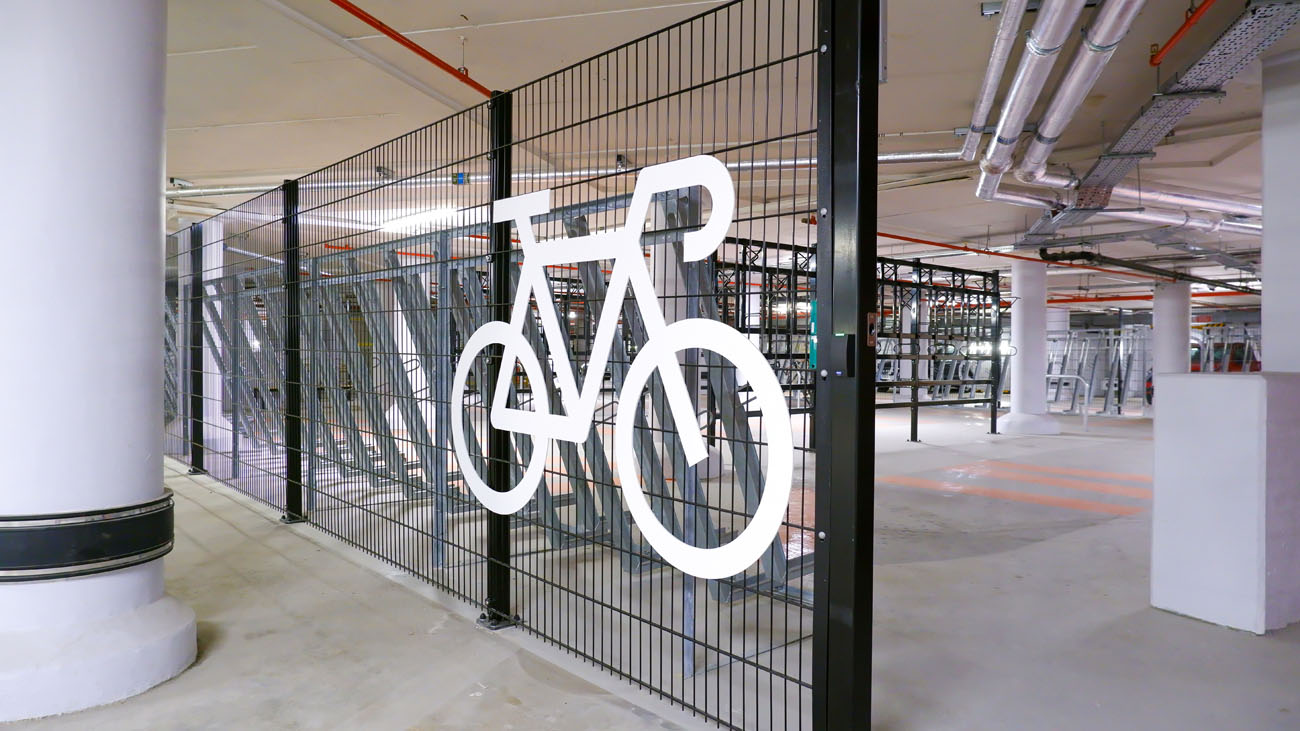End-of-trip facilities are dedicated active travel facilities. They are services dedicated to those cycling, walking, or jogging to a destination, as opposed to driving a car or taking public transport.
This, at least, is the simplest definition. The reality is that End-of-Trip facilities need to be well thought-out and designed to have the desired positive benefit.
It’s all well and good increasing bike parking capacity, or providing some lockers, but how these are integrated into the building, plus the quality of facilities, is often what counts.
We’ve taken a look at some of the most common End-of-Trip facilities, including the good, the bad, and you guessed it, the ugly too.
Done right, businesses are able to encourage more of their staff to use modes of active travel, which have been shown to boost employee wellbeing and reduce environmental impact. And so continues the virtuous cycle of furthering active travel.
Poorly implemented facilities can function as a deterrent, leaving frustrated employees turning instead to their car or the bus.
What amenities are commonly included?
Cycling, walking or jogging to work creates problems not commonly encountered by driving. It becomes about more than just providing a parking space.
You’ll likely want to freshen up before that intense meeting, even if it is on Zoom. Or perhaps change in or out of your cycling and jogging gear.
End-of-Trip (EoT) facilities usually include:
- Showers
- Secure bike storage
- Dedicated changing space with gender split
- Bike Repair Stations and Pumps
- Kit lockers
- E-bike charging
- Electric scooters or pool bikes
- Folding bike lockers
- Vanity units
- Airing stations
- Towel service
